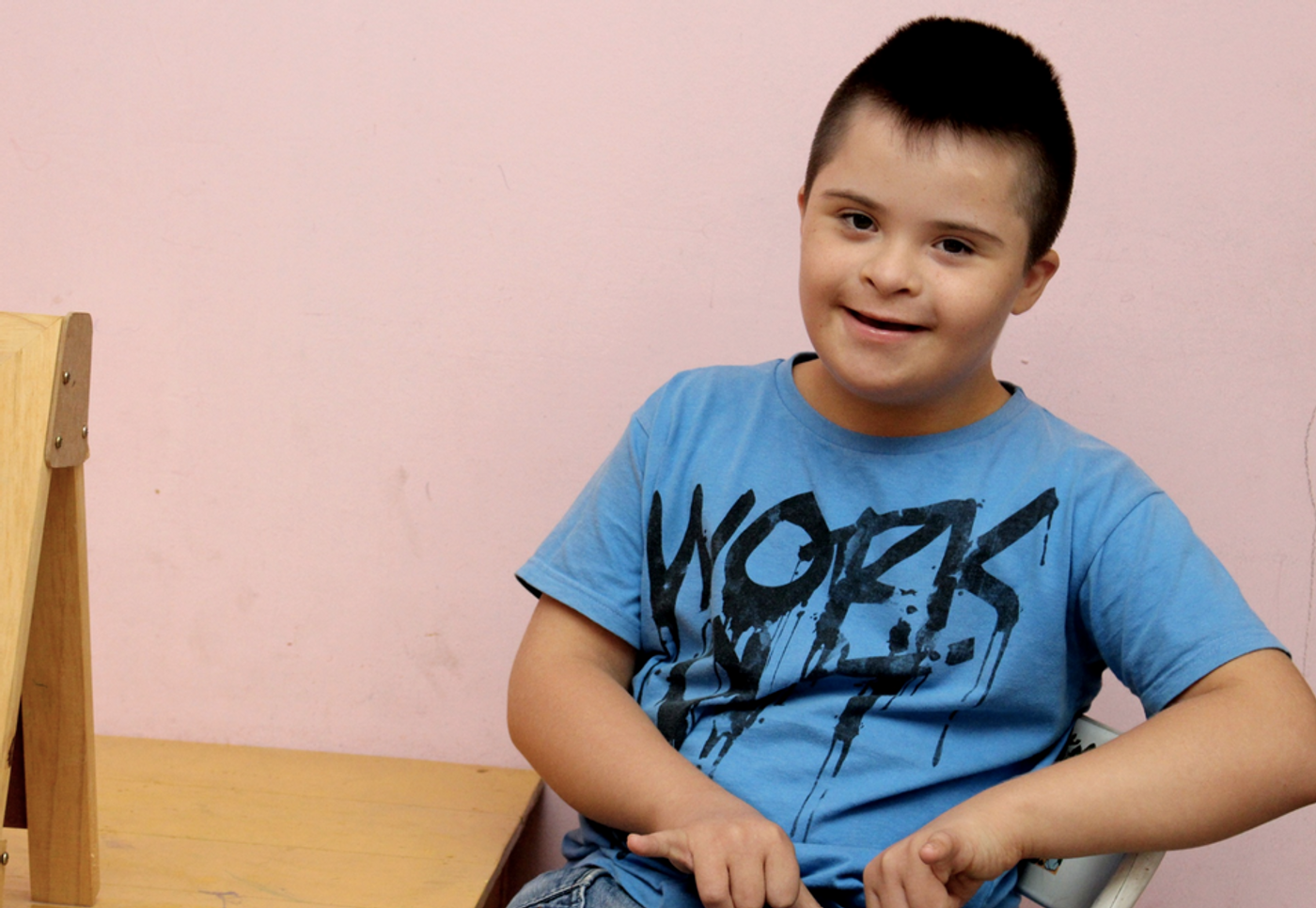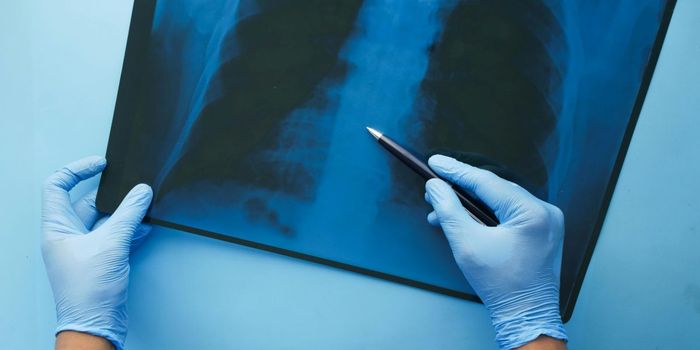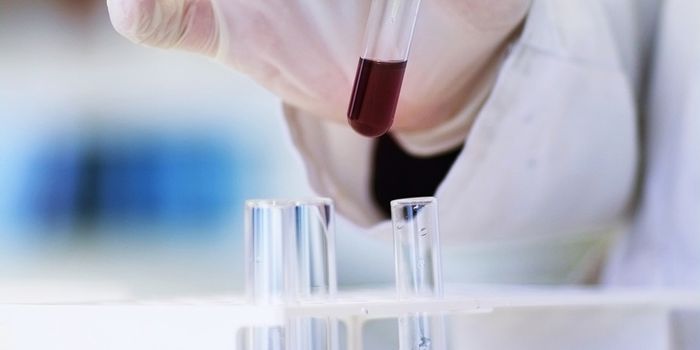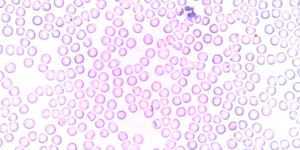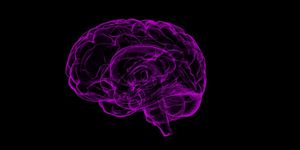Scientists Reverse Cognitive Defects in Down Syndrome Mouse Model
Down syndrome (DS), caused by a chromosome abnormality in which a person carried three copies of chromosome 21, is the primary genetic cause of cognitive disability in the United States. Now researchers have found a drug that can correct the memory and learning impairments that are linked to the disorder. The scientists determined that disruptions in protein production in a part of the brain called the hippocampus are related to the mental deficits caused by the condition, and in a mouse model of DS, those problems can be reversed. The findings have been reported in Science.
The cognitive problems linked to DS were thought to be irreversible, noted the researchers. But in the mouse model, called Ts65Dn, drugs targeted a stress response pathway of cells and were able to restore protein levels in the hippocampus to normal. The mice no longer displayed mental deficits. Similar drugs may work on humans.
DS is generally thought of as a genetic disease, but this work focused instead on the production and quality of proteins in the cell, or proteostasis. Co-senior study author Peter Walter, Ph.D. wanted to know more about how proteostasis and DS were connected.
“The vast majority of the field has been focusing on individual genes on chromosome 21 to figure out which ones are causally related to Down syndrome and its pathologies. Our approach was different. We were trying to uncover a link between proteostasis defects and DS,” said Walter, a professor of Biochemistry and Biophysics at UCSF.
In the mouse model, the scientists applied a technique called polysome profiling, which takes a snapshot of how the protein factories of the cell are functioning. They learned that protein levels were reduced by up to 39 percent in the DS mouse hippocampus, an area linked to memory and learning.
The cells in the hippocampus were triggering a pathway called the integrated stress response (ISR), which is alerted when something is wrong, like the presence of an extra chromosome. A protective response is then triggered, and protein production is ramped down.
“The cell is constantly monitoring its own health. When something goes wrong, the cell responds by making less protein, which is usually a sound response to cellular stress. But you need protein synthesis for higher cognitive functions, so when protein synthesis is reduced, you get a pathology of memory formation,” Walter explained.
The researchers assessed brain tissue from DS patients as well as an individual in which only some cells carried an extra copy of chromosome 21 while others were normal. They confirmed that the ISR pathway was active in the cells with the extra chromosome. ISR, therefore, seems to closely related to DS symptoms.
The scientists tried a few different approaches to turn ISR activity down that related to an enzyme called PKR, which has a role in activating ISR in the hippocampus. They deleted the PKR gene, they suppressed PKR activity with a drug, and they activated protein manufacture with a well-known drug that also interferes with ISR. Every strategy improved cognition in the mouse model. The mice exhibited positive behavioral and physiological changes. Their brains were showing signs of improved memory formation at the neurological level.
Walter acknowledged that there is a lot more work to be done. However, this is an important step towards improving the lives of people living with DS.
“We started with a situation that looked hopeless,” Walter said. “Nobody thought anything could be done. But we may have struck gold.”
Walter discusses how cells respond to stress in the lecture above.
Sources: University of California San Francisco (UCSF), Science
